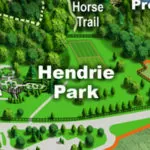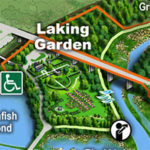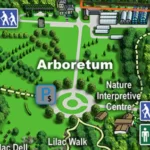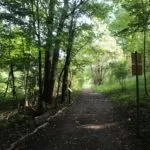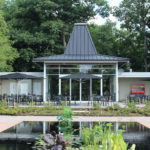| Membership | Price (+HST) |
|---|---|
| Single | $85/year |
| Single Plus | $120/year |
| Family | $130/year |
| Family Plus | $175/year |
| Contributing | $300/year |
| Supporting | $600/year |
| Sustaining | $1,000/year |
| Benefactor's Circle | $2,500/year |
| Director's Circle | $5,000/year |
| President's Circle | $10,000/year |
Telling the Truth: The Mohawk Institute Approaches a Milestone
Event Description
An educational talk and learning opportunity for the public. Speakers include Tim Johnson and other cultural resource professionals working on the Mohawk Institute exhibit and visitor experience, and board members of the Survivors’ Secretariat. In partnership with Plenty Canada.
This program, led by Tim Johnson, project director of Phase Four Interpretative Planning for the heritage exhibits and visitor experience, with historian Rick Hill and creative director Nick Roland, along with Mohawk Institute Survivors Dawn Hill and John Elliott, will share insights and talk about the process of restoring survivors’ memories to the building in ways that are poignant and difficult, yet founded upon the dramatic and traumatic truths that have been revealed.
- $15 (+ HST and Service Fee)
- Pre-registration required
- Ticket proceeds will go to the Woodland Cultural Centre towards the redevelopment of Mohawk Institute
- At Rock Garden (1185 York Blvd. Hamilton ON)


About the Mohawk Institute
In the current development of an Interpretation Plan and Design for the Mohawk Institute Residential School, this program will provide insights, in real time, to a profoundly important project, not only for the Indigenous nation and community of Six Nations of the Grand River, but also for the survivors of numerous other First Nations whose children were sent to the school, as well as all within Canadian society who seek understanding of the impacts and legacy of Indian residential schools. Given Canada’s national mandate arising from the Truth and Reconciliation Commission’s extensive research, including its 94 Calls to Action, the significance of this work cannot be overstated.
Read More
Such locations reside in the interstices of history when and where a societal desire seeks to prevent the erasure of memories in order that future generations are able to learn critical lessons from the past. In accordance with the Truth and Reconciliation Commission of Canada’s Calls to Action in 2015, and the mandate provided by Six Nations of the Grand River’s community survey and engagement process, where the vast majority of respondents supported its restoration, the Woodland Cultural Centre assumed responsibility for redeveloping the Mohawk Institute building and designing an informative, meaningful, and effective interpretive educational site and program for the public.
The approach to the Mohawk Institute Residential School site interpretation is to treat the building as an artifact and to create exhibits that accurately represent the experiences of the survivors who were placed there. This program, led by Tim Johnson, project director of Phase Four interpretative planning for the heritage exhibits and visitor experience, and Nick Roland, creative director, will talk about the process of restoring survivours’ memories to the building in ways that are poignant and difficult, yet founded upon the dramatic and traumatic truths that have been revealed. The session will explore the history of the Mohawk Institute and visual previews of what the public can expect to see when its doors open within two years.
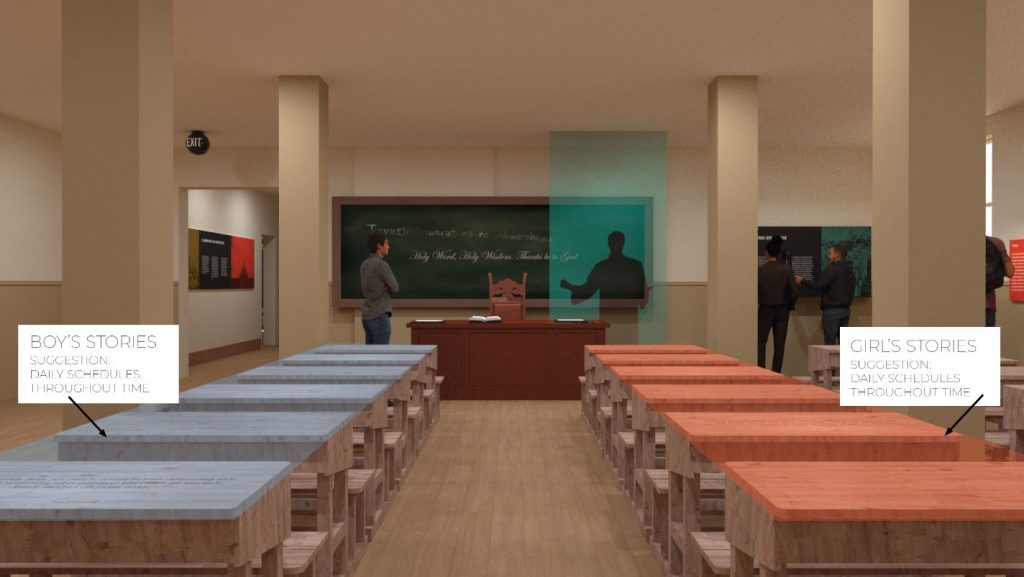
Participants
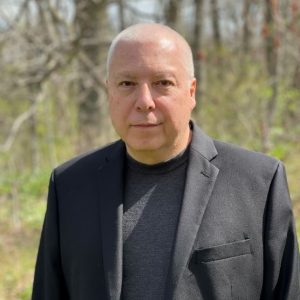
Tim Johnson
Artistic Producer and host.
Tim Johnson, artistic producer of Celebration of Nations, is senior advisor to the Niagara Parks Commission for Heritage and Legacy and Indigenous programing, and senior advisor to Plenty Canada and Friends of Laura Secord. He also serves as senior Indigenous curatorial advisor to the Royal Ontario Museum. In addition, he is project director on the Phase 4 Interpretation Plan — including exhibit design, fabrication, installation, and visitor experience — leading to the establishment of the Mohawk Institute Residential School as a site of conscience, open to the public for learning and reflection.
Read More
This is a profoundly important project, not only for Six Nations of the Grand River and the Indigenous communities whose children were placed at the Mohawk Institute, but for all within Canadian society who seek understanding of the impacts and legacy of Indian residential schools. Given Canada’s national mandate arising from the Truth and Reconciliation Commission’s extensive research, including its 94 Calls to Action, the significance of this work cannot be overstated.
Within the Niagara Region Mr. Johnson served as Co-chair of Landscape of Nations: The Six Nations & Native Allies Commemorative Memorial, unveiled on October 2, 2016, in Queenston Heights Park, and was instrumental in the development of several subsequent legacy spaces and public artworks including the First Nations Peace Monument in Thorold, Voices of Freedom Park in Niagara-on-the-Lake, and the modern art masterwork Curtain Call, installed on the FirstOntario Performing Arts Centre in St. Catharines. He is also active on additional forthcoming historically and culturally important public spaces that will be dedicated to Indigenous peoples, including Misko-Aki: Confluence of Cultures, a permanent exhibition detailing Huron-Wendat, Anishinaabek, Métis, and Haudenosaunee history and contemporary life in the Muskoka region, and updating of the Daphne Cockwell Gallery dedicated to First peoples’ art and culture at the Royal Ontario Museum.
Prior to this relatively recent activity, Mr. Johnson was the Associate Director for Museum Programs at the Smithsonian Institution’s National Museum of the American Indian. The Museum Programs Group was the museum’s largest organizational group, structured across two fully programmed facilities in Washington D.C. and New York, encompassing exhibitions, education, interpretive services, publications, film and media production, seminars and symposia, and visual and performing arts programs. During his tenure at the museum, he successfully supervised popular and critically acclaimed exhibits ranging in cost from $15,000 to $5.65 million representing myriad orientations from ethnography and history to contemporary arts. One of his most popular exhibitions, Up Where We Belong: Native Musicians In Popular Culture, was an art and history exhibit as told through the biographies of Indigenous artists whose contributions helped to shape several music genres since the mid 20th Century. This exhibit served as the basis for the Sundance, Hot Docs, and Academy of Canadian Cinema and Television award-winning documentary Rumble: The Indians Who Rocked The World, that has inspired the live concert performances curated for Celebration of Nations.
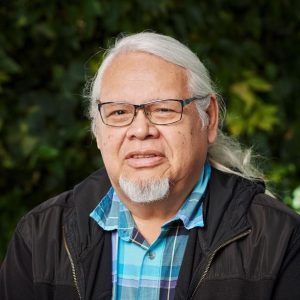
Richard Hill
Richard Hill is a renowned educator of Indigenous cultures, histories, and arts whose visionary work shaped the programming of several influential educational institutions including Deyohahá:ge: the Indigenous Knowledge Centre, Smithsonian Institution’s National Museum of the American Indian where he served as Assistant Director for Public Programs, Institute of American Indian Arts Museum in Santa Fe where he served as Director, Native American Center for the Living Arts where he served as Museum Director, Niagara Falls Museums as an historian and advisor, and as a master lecturer at several post-secondary institutions including McMaster University, State University of New York at Buffalo, Six Nations Polytechnic, and First Nations Technical Institute among many others.
Read More
As an accomplished artist, researcher, and writer Rick serves as an Indigenous Innovations Specialist, currently advising on a number of projects for Mohawk College. Rick is a citizen of the Tuscarora Nation of the Haudenosaunee Confederacy, residing at the Grand River Territory.
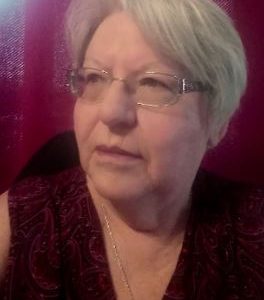
Dawn Hill
I am a former residential school student of the Mohawk Institute Indian Residential School in Brantford, Ontario having attended from 1957 to 1961. Born on Six Nations of the Grand River Territory, I am Mohawk, Turtle clan.
Read More
After moving across Canada as an office manager for a company from Brantford, I came back to Six Nations where I learned I could go back to school (at age 35), education paid for. I became an elementary school teacher and taught for 28 years. Currently, I volunteer as the Secretary/Co-Treasurer of the Mohawk Village Memorial Park, a not-for-profit, charity organization run mainly by residential school survivors. The Park is dedicated to the memory of all the children who attended the Mohawk Institute Indian Residential School in Brantford over its 142 years. The Park is being constructed as a positive, peaceful place for all people to visit.
I am also a Board member of the Survivors’ Secretariat. This group is instrumental in developing the ground search protocols and looking for missing children and unmarked graves of children from the Mohawk Institute Indian Residential School.
The National Centre for Truth and Reconciliation has an advisory board, on which I sit. This Board, Na-mi-quai-ni-mak, allocates funds to Indigenous groups across Canada for commemoration activities.

Nick Roland
Nicholas Roland, creative director and senior designer at WeatherstonBruer Associates brings a passion for learning to all of his work. Exhibit design runs through his veins and he has the experience in managing the complex development process from concept design to opening day. He believes that the heart of the project comes from the project team and it is the designer’s role to bring diverse ideas into a physical reality.
Read More
“Good design is not an ego driven activity; it is a collective process that an entire team should feel ownership over.”
Nick’s enthusiasm for his projects is evident in all of his work. He works closely with project stakeholders and pursues thoughtful design solutions that satisfy the many, often competing, features of each exhibit project. After over a decade of experience designing exhibits, Nick understands the importance of creating a strong aesthetic vision that will bring a story to life and create an emotional engagement with visitors.
After studying Biology at the University of Ottawa and Environmental Design at Dalhousie University, Nick graduated with a Masters of Architecture from the University of Toronto. He started his work life as a set builder, graduated to a designer and fabricator, and finally to senior exhibition designer at WeatherstonBruer. Nick has overseen projects in Canada, the United States, and abroad.

John Elliot
John Elliott of the Mohawk Nation, Wolf Clan, was born in 1936. He attended the Mohawk Institute Indian Residential School from 1947 to 1952. He was placed in the “Mushhole” for truancy, but John was made to work the farm for half a day when he got there. John had a history of running away from the Mushhole, especially, Christmas Eve. Even on his first day of being placed at the Mohawk Institute, he and his brother took off running home.
Read More
The “Walk for the Park” event on September 16, 2023 is in honour of John Elliott and all children who felt it necessary to run away from the Mohawk Institute. At the age of 17, John started working in the construction and painting fields. After sixty three years of work, John finally retired and eventually returned home to Six Nations. Currently, he is a director with the Mohawk Village Memorial Park and the Survivors’ Secretariat.

